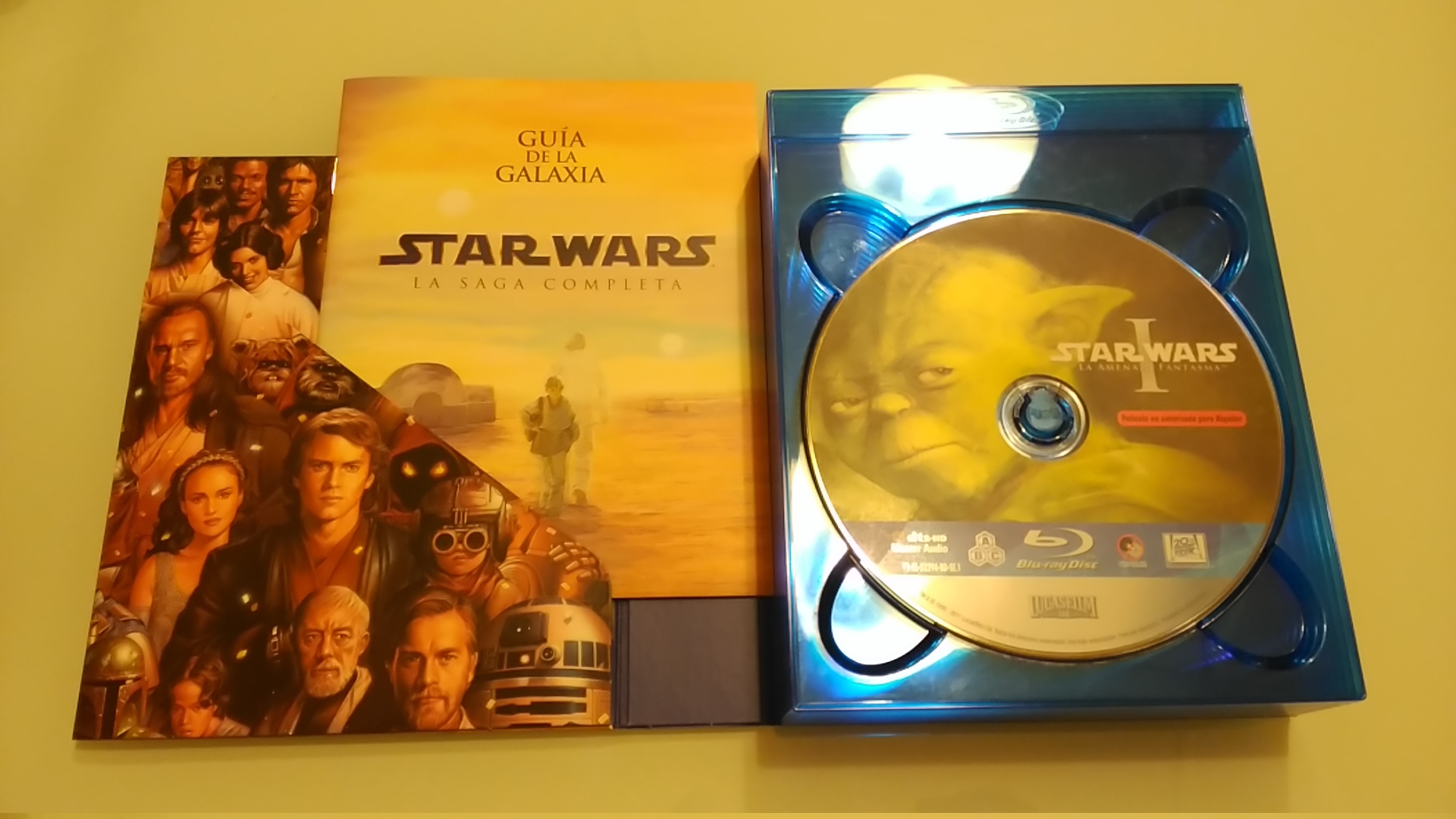

The cookie is set by GDPR cookie consent to record the user consent for the cookies in the category "Functional".

The cookie is used to store the user consent for the cookies in the category "Analytics". This cookie is set by GDPR Cookie Consent plugin. These cookies ensure basic functionalities and security features of the website, anonymously. Necessary cookies are absolutely essential for the website to function properly.
webmaster on High Resolution Squeezebox Replacement. Ben on High Resolution Squeezebox Replacement. 3D Printable Rear Case Cover for Raspberry Pi + Wolfson Card + PiHut case. The Nest Hello video doorbell in the UK. "$MKVMERGE" -split chapters:all "$".flac If || thenĮcho "$SCRIPT: 'mkvmerge' seems to be missing" If || || thenĮcho "$SCRIPT: Give MKV to chapter-split as an argument"Įcho "$SCRIPT: The output directory ($outdir) does not exist, creating" Once the files are split and renamed, it uses mkvextract to demux the audio to a FLAC file, deleting the individual MKV files. Although this doesn’t add tags to the files, you can use many audio tagging tools to convert the file name to tags. 
The next challenge is to split, demux and tag the resulting files, this is where the bash script comes in, the following script uses mkvmerge to split the single video file into chapters (placing the split files into a folder with the same name as a ripped track), it will then ask you for track names for each chapter (which is the name of each song), this will rename the files with the titles you type in (or press enter to keep them the same). This will result in a number of MKV video files once the ripping process has completed. This will give you the choice of a FLAC option when ripping the chosen tracks
Split resulting video file into chaptersįirst of all, run MakeMKV and enable ‘Expert’ mode within the settings. Choose tracks in MakeMKV to rip, along with the relevant audio track you require. Whilst this can be done with various open source tools, remembering the command line to type to achieve it can be frustrating, so I cobbled together some bash script to do the hard work, based on a post in the MakeMKV forum here. What we need to do is split the video file into chapters and demux the audio streams to produce a FLAC file we can use on our music playback system of choice (in my case various Squeezeboxes or a Raspberry Pi with a Wolfson / Cirris audio card). It also results in all audio tracks being in a single video file, with chapter metadata identifying the individual tracks. The latest version of MakeMKV can rip the audio tracks to FLAC, the result of which, in the case of a BluRay audio disc, is a video file (the video part of which is usually the track listing) and a FLAC audio track. There’s numerous pieces of software for this and some paid for options might be slightly simpler, but I’m using MakeMKV () as it’s cross-platform and cheaper than many other options (it’s free for DVD ripping, a one off payment for BluRay ripping. I’ve been buying some BluRay audio discs as a relatively inexpensive route to HD audio content, there’s some great remasters and remixes coming out and many include a conventional CD and BluRay audio in various formats, from 96/24 LPCM, 192/24 LPCM or various surround sound formats. UPDATE: This script has been superseded to add more features and correct a major issue, see here.







 0 kommentar(er)
0 kommentar(er)
